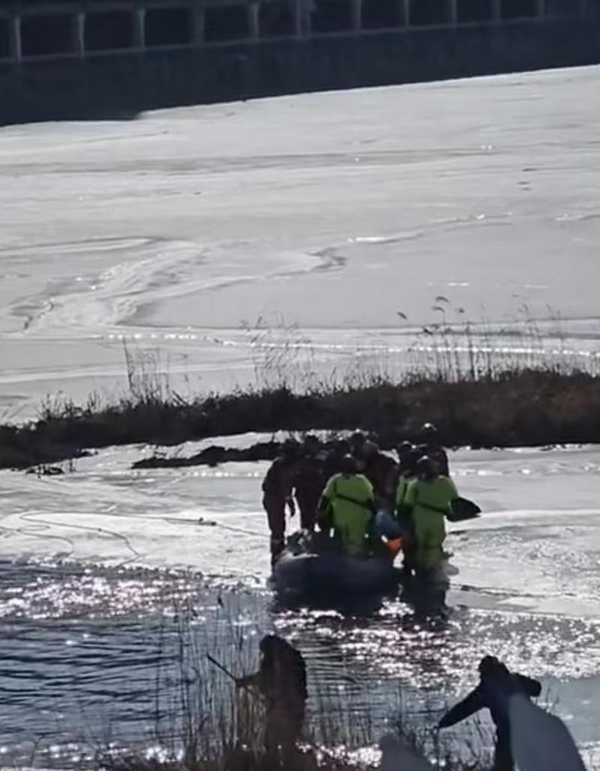The Fatal Risks of Under-Ice Swimming
In January 2025, a 70-year-old winter swimming enthusiast in Zhangjiakou, China tragically died after becoming trapped under ice while swimming in the Qingshui River. This incident highlights the extreme dangers of under-ice swimming and the challenges of self-rescue in such conditions.

Winter swimming beneath ice represents one of the most dangerous forms of extreme sports, requiring participants to navigate a hostile environment where multiple life-threatening factors converge. The tragic incident in Zhangjiakou provides crucial insights into why this activity proves so perilous.
The primary danger stems from rapid disorientation under ice. When swimmers venture beneath the frozen surface, they quickly lose their sense of direction due to several factors. The ice’s opacity and refraction distort visual references, while flowing water can subtly alter a swimmer’s position. Even experienced swimmers can become disoriented within seconds, unable to locate their exit point.
Temperature poses another critical threat. In near-freezing water, the human body experiences rapid heat loss. Within minutes, swimmers face severe physiological challenges:
- Core body temperature plummets
- Blood vessels constrict dramatically
- Muscles begin to fail
- Mental clarity deteriorates
- Coordination becomes impaired
The thickness of river ice presents a formidable barrier to self-rescue. Unlike swimming pools or controlled environments, natural ice formations can be dozens of centimeters thick. Without specialized tools, breaking through from underneath becomes impossible. Even rescue teams with proper equipment often struggle to penetrate thick ice quickly enough.
The psychological impact cannot be understated. When trapped under ice, swimmers face intense mental pressure as they:
- Struggle with mounting panic
- Battle against their body’s natural survival responses
- Make critical decisions while oxygen-deprived
- Deal with the terrifying reality of being trapped
Professional winter swimming organizations emphasize strict safety protocols:
- Never swimming alone
- Using safety ropes and guides
- Maintaining clear entry and exit points
- Having trained rescue personnel present
- Limiting time spent under ice
Despite his experience as a former professional winter swimmer, the elderly enthusiast in Zhangjiakou fell victim to these combined dangers. His tragic death serves as a sobering reminder that even skilled athletes can succumb to the unforgiving conditions of under-ice swimming.
The incident has sparked renewed discussions about regulating extreme sports in China and implementing stricter safety measures for winter swimming activities. While winter swimming itself can offer health benefits when practiced safely in controlled conditions, under-ice swimming represents an entirely different level of risk that demands extreme caution or complete avoidance.